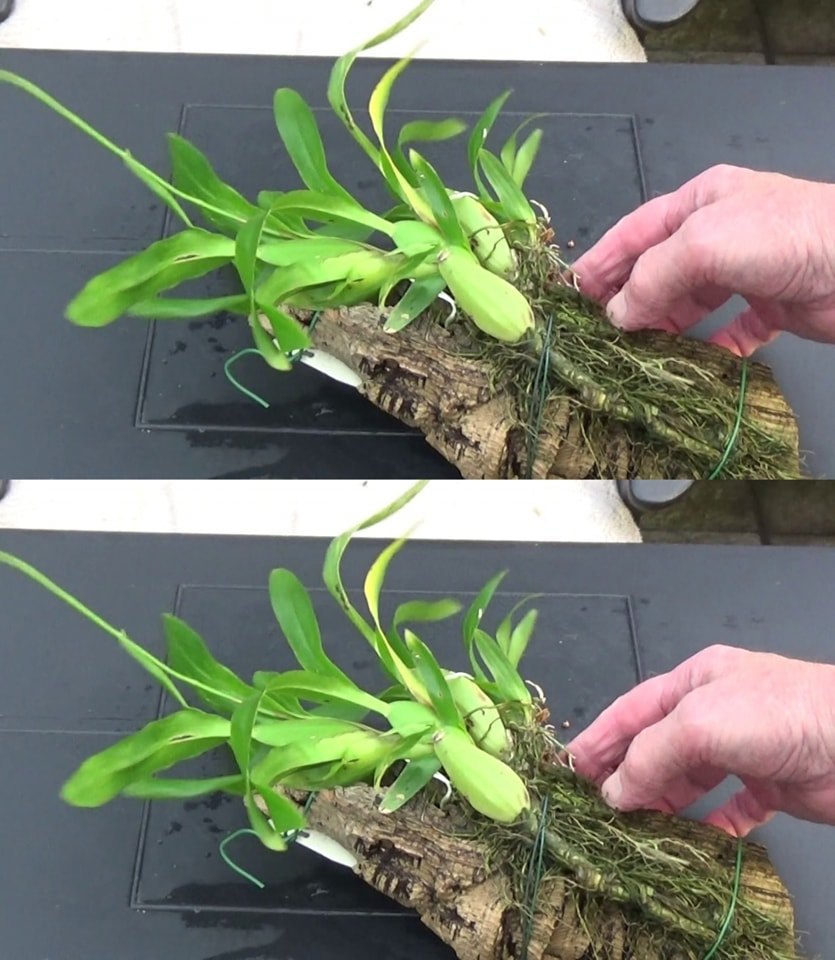ADVERTISEMENT
Orchid Care Mistake: This Common Error Can Lead to Losing Your Orchid After Just 7 Days!
Orchids are some of the most beautiful and delicate flowers you can bring into your home. With their vibrant colors and intricate blooms, they’ve earned a spot in many households as one of the most cherished houseplants. However, despite their beauty, orchids can be tricky to care for, and there’s one common mistake that could cause your orchid to wither away and potentially be lost forever—within just 7 days.
In this article, we’ll reveal the dangerous mistake many orchid owners unknowingly make and provide you with simple tips to keep your orchids thriving for weeks, months, and even years to come.
The Dangerous Mistake: Overwatering Your Orchid
When it comes to orchid care, the number one mistake that can cause your orchid to die within just a week is overwatering. While many people think that orchids need constant watering to survive, the truth is quite the opposite. Orchids, particularly the popular Phalaenopsis variety, are native to tropical regions, but they grow in a very specific way that doesn’t require waterlogged roots.
Orchids are epiphytes, meaning they typically grow on trees or other surfaces rather than in the soil. They rely on air circulation around their roots and need to dry out between waterings. If you water them too frequently or leave them sitting in water, it creates a dangerous environment where the roots can rot, leading to the death of your orchid.
How Overwatering Affects Your Orchid
- Root Rot: Orchids rely on well-draining soil or a bark-based potting mix to ensure that water doesn’t accumulate around their roots. When their roots stay too moist for too long, they start to rot. Rotting roots mean your orchid won’t be able to take in the water and nutrients it needs to thrive, and it will start to show signs of distress very quickly.
- Fungal and Bacterial Growth: Overwatering creates an environment that encourages the growth of mold, bacteria, and fungus. These can quickly take hold and damage the plant’s health, leading to irreversible damage.
- Yellowing Leaves and Wilting: If you notice the leaves turning yellow or the plant wilting despite watering, it’s often a sign that your orchid is sitting in too much water. The excessive moisture causes the roots to suffocate, which results in a lack of nutrients and oxygen for the plant.
- Pests: Excess moisture can attract pests like aphids or mealybugs, which love humid conditions. These pests can further stress your orchid, making it more vulnerable to diseases and ultimately contributing to its decline.
How to Water Your Orchid the Right Way
To avoid the overwatering mistake and ensure your orchid thrives, here are some best practices for proper orchid care:
1. Water Only When Needed
Unlike most houseplants, orchids don’t need to be watered on a set schedule. You should only water your orchid when the potting mix is dry. Here’s how you can check:
- Touch Test: Stick your finger about 1 inch into the potting mix. If it feels dry, it’s time to water. If it still feels moist, wait another day or two.
- The Ice Cube Method: Many orchid owners swear by placing two or three ice cubes on top of the orchid’s potting mix. As the ice melts, it provides a controlled amount of water to the plant without overwatering. Be careful not to overdo this method, as it works best in moderation.
2. Ensure Proper Drainage
Make sure your orchid pot has drainage holes at the bottom. Orchids don’t like to sit in water, so it’s essential that excess water can drain away. If you’re using a decorative pot without drainage holes, always place the orchid in a pot with drainage, and avoid letting the inner pot sit in water.
3. Watering Frequency
Orchids typically need to be watered about once a week, but this can vary depending on the environment. In warmer climates or during the growing season (spring and summer), you might need to water a bit more frequently. In the cooler months (fall and winter), you can reduce watering.
For Complete Cooking STEPS Please Head On Over To Next Page Or Open button (>) and don’t forget to SHARE with your Facebook friends
4. Use Lukewarm Water
Always use lukewarm water when watering your orchid. Cold water
